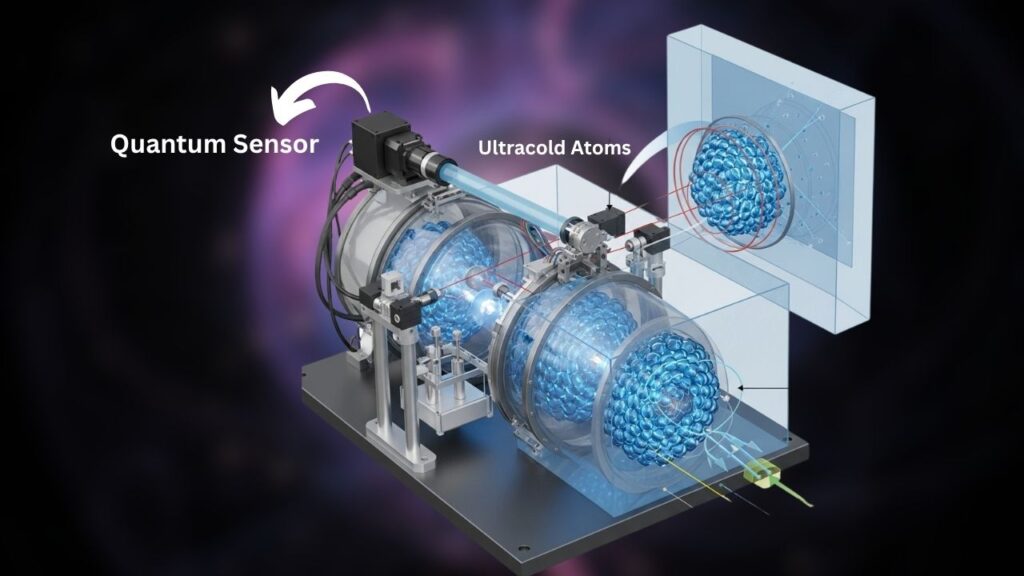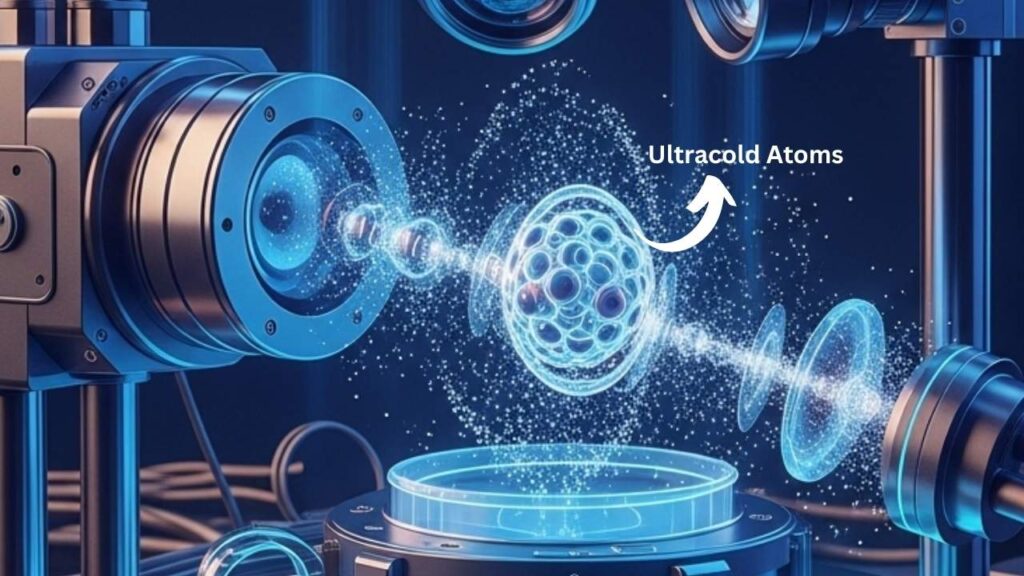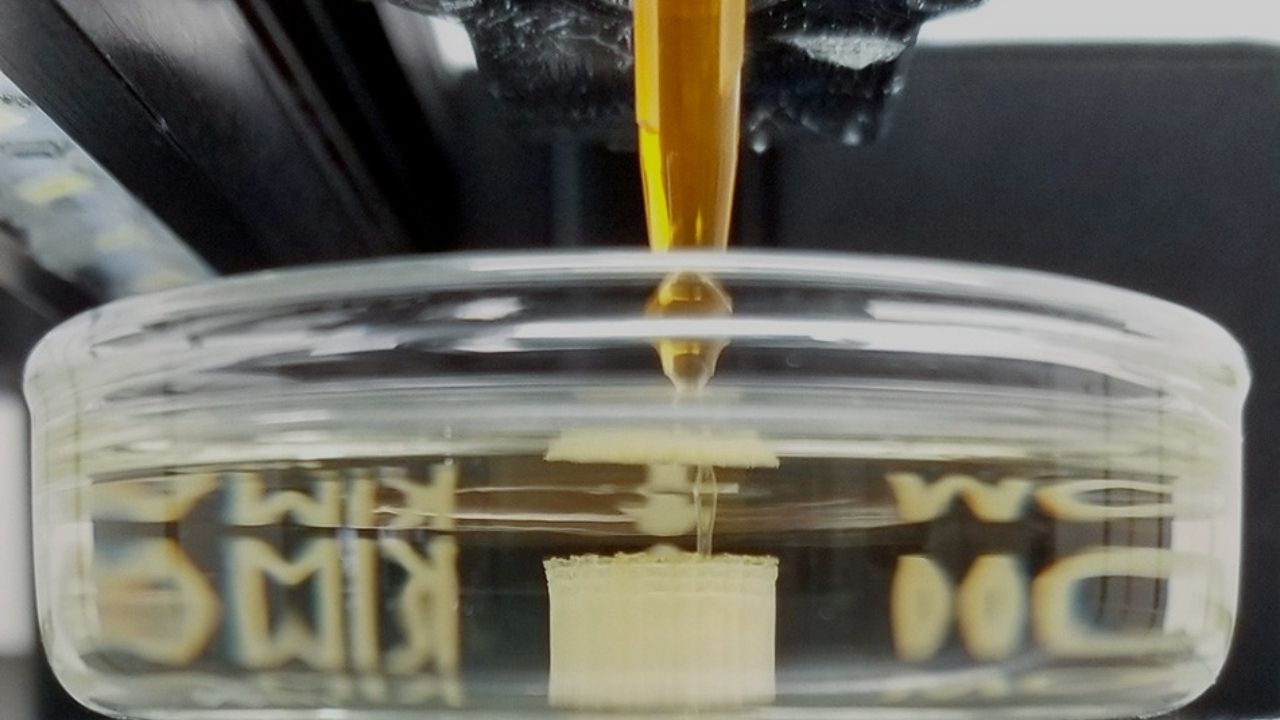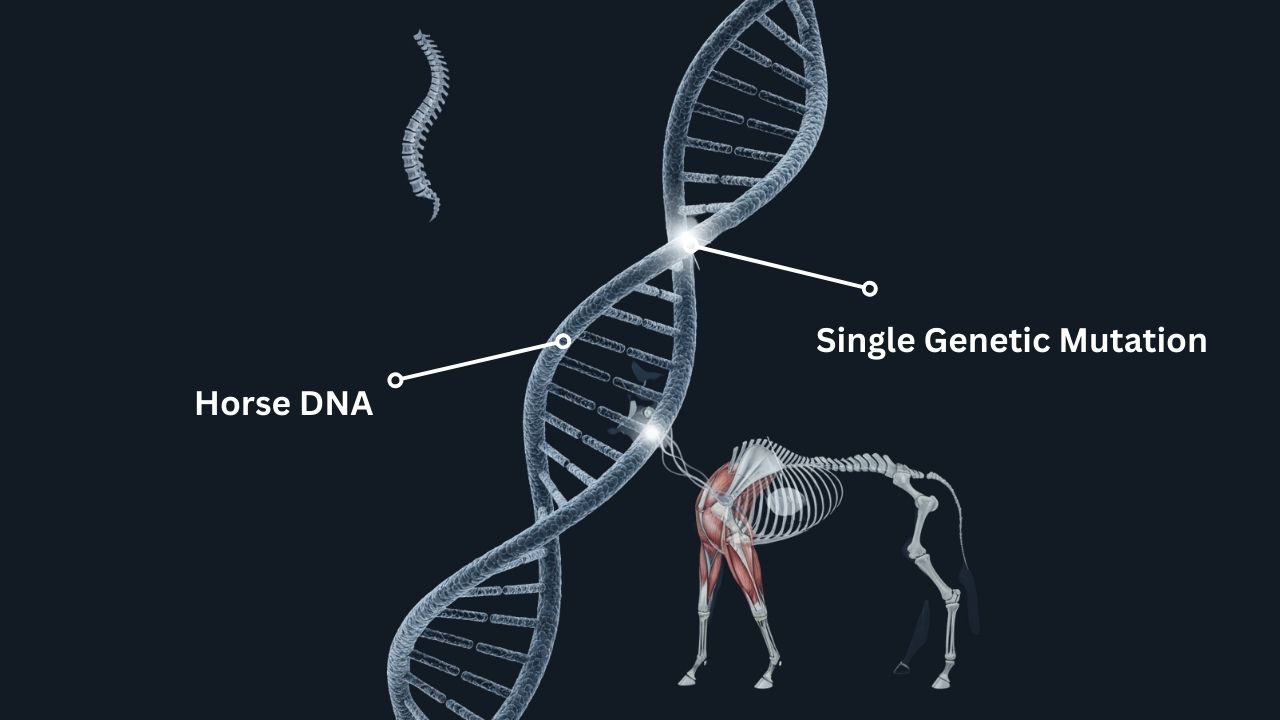Quantum Sensor Tracks 3D Movement Without GPS Using Ultracold Atoms: If you’ve ever lost your phone signal in the middle of nowhere or wondered how submarines find their way deep beneath the ocean, you’re gonna love this: Quantum sensors are changing the game.

The latest buzz in tech is all about a quantum sensor that tracks 3D movement without GPS using ultracold atoms. Sounds like something out of a Marvel movie, right? But it’s real, and it’s about to shake up how we navigate our world.
Let’s break it down, keep it real, and see why this is a big deal for everyone—from 10-year-old science fans to top-tier engineers.
Quantum Sensor Tracks 3D Movement Without GPS Using Ultracold Atoms
| Feature | Details |
|---|---|
| Technology | Quantum sensor using ultracold atoms (like rubidium) |
| Tracks | 3D movement (X, Y, Z axes) |
| GPS Needed? | Nope. Works independently, even where GPS fails |
| Security | Unjammable and nearly impossible to spoof |
| Key Uses | Submarines, spacecraft, underground transit, military, deep-sea exploration |
| Current Limitation | Equipment is bulky and expensive, but shrinking fast |
| Career Impact | Opens new roles in quantum engineering, navigation tech, AI/ML for sensor data |
| Official Resource | World Economic Forum: What is Quantum Navigation? |
Quantum sensors that track 3D movement without GPS using ultracold atoms are the next big thing in navigation. They’re secure, precise, and work where GPS can’t. While you won’t find one in your smartphone just yet, the day is coming when quantum navigation could be as common as Wi-Fi. Stay tuned, stay curious, and maybe even get in on the action—this is one tech revolution you don’t want to miss.
What Is a Quantum Sensor and How Does It Work?
Alright, let’s get to the meat and potatoes. A quantum sensor uses the weird rules of quantum physics—like superposition and entanglement—to measure things with crazy accuracy. Instead of relying on satellites (like GPS does), it measures how ultracold atoms move when you accelerate, turn, or stop.

The Basics:
- Ultracold Atoms: Scientists cool atoms (like rubidium) to nearly absolute zero, so they move super slowly and can be precisely tracked.
- Atom Interferometry: Lasers split and bounce these atoms around, and by measuring how they interfere with each other, the sensor can tell exactly how the device is moving in 3D space.
- No GPS Needed: Since it measures movement directly, it doesn’t care if you’re underwater, in a tunnel, or on Mars.
Think of it like a supercharged motion sensor that never gets tired or confused, even when satellites can’t help you out.
Why Is This a Big Deal?
Traditional navigation systems (like GPS) are awesome—until they’re not. Lose the satellite signal, and you’re toast. Plus, GPS can be jammed or spoofed (hacked), which is a big deal for military, rescue, or critical infrastructure.

Quantum navigation is:
- Unjammable: No signals to block or fake.
- Super Precise: Tracks every tiny movement, so you always know where you are.
- Always On: Works anywhere—deep sea, underground, or in outer space.
Real-World Examples:
- Submarines: Can navigate for months underwater without surfacing for GPS.
- Spacecraft: Stay on course far from Earth.
- Emergency Vehicles: Find their way through tunnels or disaster zones.
The Science: How Ultracold Atoms Track 3D Movement
Let’s geek out for a second (don’t worry, we’ll keep it simple):
- Cool the Atoms: Scientists use lasers to chill atoms to almost absolute zero. At this temp, atoms act more like waves than particles.
- Trap and Split: Lasers trap these atoms and split them into different paths.
- Measure the Interference: When the atoms come back together, they create an interference pattern. This pattern changes based on how the sensor moves.
- AI Decodes the Data: Advanced software (sometimes powered by AI) reads the patterns and tells you exactly how you’ve moved in all three directions.
This is like having a super-accurate digital compass and accelerometer rolled into one, but powered by the laws of quantum physics.
How Does This Compare to GPS?
Here’s a quick breakdown:
| Feature | GPS | Quantum Sensor |
|---|---|---|
| Needs Satellites? | Yes | No |
| Can Be Jammed? | Yes | No |
| Works Underground? | No | Yes |
| Accuracy | High (but can drift in tunnels) | Ultra-high, no drift |
| Cost | Cheap (now), but vulnerable | Expensive (for now), but robust |
Practical Advice: Who Should Care and Why?
- Engineers & Developers: Quantum sensors are opening up new career paths in quantum tech, AI for sensor data, and advanced navigation systems.
- Military & Defense: Quantum navigation could be a game-changer for secure, reliable operations.
- Aerospace & Subsea: Perfect for environments where GPS is useless.
- Everyday Users: As the tech shrinks and gets cheaper, it could end up in your phone or car.
Tip: If you’re a student or early-career techie, now’s the time to check out quantum engineering programs or internships with companies working on quantum navigation.
Step-by-Step Guide: How Quantum Navigation Works
1. Preparation
- Atoms are cooled using lasers in a vacuum chamber.
- The cooling process gets them to a Bose-Einstein condensate state (super cold, super stable).
2. Sensing
- Lasers manipulate the atoms, splitting their paths and causing them to interfere.
- As the device moves, the interference pattern shifts.
3. Data Collection
- Sensors record the interference changes in real time.
- AI algorithms interpret these changes into movement data.
4. Output
- The system provides 3D acceleration and position data, accurate to within millimeters.
5. Applications
- Plug into navigation systems for submarines, planes, or even self-driving cars.
Scientists Discover Why Symmetrical Crystals Absorb Light Unevenly
Experts Warn Quantum Cryptography May Not Be Fully Secure Yet
Neural Networks Improve Efficiency of Solid-State Battery Research
FAQs About Quantum Sensor Tracks 3D Movement Without GPS Using Ultracold Atoms
Q: Will quantum navigation replace GPS?
A: Not anytime soon. GPS is cheap and convenient, but quantum navigation is a killer backup—especially where GPS can’t reach or might be jammed.
Q: Is this technology available to the public?
A: Not yet. Right now, it’s mostly in research labs and high-security applications, but it’s moving fast toward commercial use.
Q: How accurate are quantum sensors?
A: They’re incredibly precise—able to detect even the tiniest movements. Some can measure changes as small as a few millimeters.
Q: What’s the biggest challenge?
A: The gear is still bulky and expensive, and it needs to be cooled to super low temperatures. But scientists are working on making it smaller and more practical every year.
Q: Where can I learn more?
A: Check out the World Economic Forum’s guide on quantum navigation for more details.
The Future: What’s Next for Quantum Navigation?
The race is on. The UK, US, China, and other tech powerhouses are pouring billions into quantum navigation research. In 2024, the UK tested quantum navigation on a Royal Navy ship and a jet plane, proving the tech works in real-world conditions. The next big step is shrinking the hardware and making it affordable for everyone.
Pro tip: If you’re thinking about a career in tech, quantum engineering and AI for sensor data are gonna be hot fields for the next decade.






